Most are likely familiar with the term Manic Pixie Dream Girl as it is a term and trope that has infiltrated media and minds since the term's conception in the early 00s. The term “Manic Pixie Dream Girl” was coined by Nathin Rabin in 2007 when he published his review for the 2005 film Elizabethtown. The term was coined to address the flaws with the lead love interest of the film played by Kirsten Dunst. Rabin wrote "Dunst embodies a character type I like to call The Manic Pixie Dream Girl. [This character] exists solely in the fevered imaginations of sensitive writer-directors to teach broodingly soulful young men to embrace life and its infinite mysteries and adventures." Though I believe throughout the years the term has strayed from Rabin’s original definition, often misused in the context of criticism towards a film or character. It has often been asked “What are the defining characteristics that make up a Manic Pixie Dream Girl” and whilst yes, there are traits associated with Manic Pixie Dream Girl, I believe that by focusing our attention on the Manic Pixie Dream Girl Character we are losing the essence of what makes her flawed to begin with. The problem is not with the Manic Pixie Dream Girl herself, but rather the lens in which she is viewed through, as Nathan Rabin highlights in his original coining of the term. And the way in which this narrow lens the Manic Pixie Dream Girl is viewed from is reflective of a greater issue within our culture that impacts the way we view not just fictional women we see on screen or within the pages of a book, but real life women.
As a girl growing up, when I would watch films that featured a Manic Pixie Dream Girl I was always drawn to her, and that was what was so frustrating about her. I often related to these female characters and I wanted to know more about them. I wanted her to have more screen time. Though the focus of the film was always, irritatingly, on a different character who lacked depth, nuance, and intrigue. A character at the root of the problem with the Manic Pixie Dream Girl. The true defining nature of what allows the Manic Pixie dream Girl to exist is not really much that she does but rather the very specific lens that she is viewed through, which takes form as an unnamed stock character that I am dubbing the Stale White Wonderbread Boy. The Stale White Wonderbread Boy is characterized by his lack. These characters are often boring, unimpressive, average boys played by white male actors, who are typically normal looking enough so as to retain a level of non-threatening relatability to the men watching. The Stale White Wonderbread Boy is intended to be a blank canvas for the average guy to project himself onto. They are inherently unremarkable, anyone can be a Stale White Wonderbread Boy. That’s the point. They don’t need to be remarkable, their purpose is to gaze, not to be perceived. We typically meet this character as they are enduring some sort of issue, whether it be a job loss, or an existential crisis… whatever the issue may be, it causes the Manic Pixie Dream Girl to magically spawn to heal his worries. In his 2014 follow up article titled I'm sorry for coining the phrase "Manic Pixie Dream Girl" Nathan Rabin states “That day in 2007, I remember watching "Elizabethtown" and being distracted by the preposterousness of its heroine, Claire. Dunst's psychotically bubbly stewardess seemed to belong in some magical, otherworldly realm -- hence the "pixie" -- offering up her phone number to strangers and drawing whimsical maps to help her man find his way. And as Dunst cavorted across the screen, I thought also of Natalie Portman in "Garden State," a similarly carefree nymphet who is the accessory to Zach Braff's character development. It's an archetype, I realized, that taps into a particular male fantasy: of being saved from depression and ennui by a fantasy woman who sweeps in like a glittery breeze to save you from yourself, then disappears once her work is done.” Oftentimes she is a band aid for greater issues the protagonist faces, though in the story she is treated as the be all and end all solution. Stale White Wonderbread Boy is often dissatisfied with life. Typically he is unpopular and depressed. Though, through the love and attention of the Manic Pixie Dream Girl, all of his problems will be solved.
The Stale White Wonderbread Boy is the catalyst for the Manic Pixie Dream Girl. Whilst the Stale White Wonderbread Boy can exist without a Manic Pixie Dream Girl, and often does within film, her existence as a stock character is reliant on being perceived by him. Unlike other female tropes the Manic Pixie Dream Girl cannot exist without the Stale White Wonderbread Boy, as she only exists in his imagination, she isn’t real. Although the male gaze and the lens in which women are viewed through is always present within any female trope, this gaze is typically more generalized. Though with the Manic Pixie Dream Girl we rely on an additional stock character within the film to view her through a very specific gaze. For a contrasted reference; the existence of the Femme Fatale archetype is not reliant on a specific male stock character to be perceiving her. Though there are common male stock characters that will likely appear, such as the detective, these male stock characters are not reliant to make the Femme Fatale a Femme Fatale, nor do these detectives need to be the center of the story in order to perceive her through their very specific gaze. The Femme Fatale is characterized by her beauty, seduction, intelligence, cunning, and morally ambiguous nature. And though she still may be perceived through the male gaze and possess attributes that appeal to the male gaze, it is not a specific type of a man perceiving her in order to exist. Movies such as Jennifer's Body, Gone Girl, and Promising Young Women star the Femme Fatale archetype as the protagonist whilst subverting the story to be viewed through a feminist lens, and yet the archetypal integrity of the Femme Fatale remains.
In this way the Manic Pixie Dream Girl is more similar to the Lolita archetype, in which she relies on a specific male archetype perceiving her in order to exist, even in a fictional sense. The Lolita cannot exist without the gaze of Humbert within the story. Even in the context of the fictional world in which the story is set, Lolita is only real to Humbert. To quote author of Lolita, Vladimir Nabokov “In reality Lolita is a little girl of twelve, whereas Humbert Humbert is a mature man, and it's the abyss between his age and that of the little girl that produces the vacuum, the vertigo, the seduction of mortal danger. Secondly, it's the imagination of the sad satyr that makes a magic creature of this little American schoolgirl, as banal and normal in her way as the poet manqué Humbert is in his. Outside the maniacal gaze of Humbert there is no nymphet.” If you remove Humbert, if you remove his specific gaze and imagination, you remove Lolita. In a similar sense, although less perverse, the Manic Pixie Dream Girl exists solely in the imagination of the Stale White Wonderbread Boy, it’s in the imagination of this sad satyr that makes a magic creature of this eccentric, quirky, girl. If you remove him, you no longer have a Manic Pixie Dream Girl. If you remove the motive for her to solve the Stale White Wonderbread Boys problems, you no longer have a Manic Pixie Dream Girl. If you make the Manic Pixie Dream Girl the main character, you suddenly have too much depth and nuance in order for her to qualify as a Manic Pixie Dream Girl. For this reason, the Manic Pixie Dream Girl is very seldom the main character, if ever. And if she is, the Stale White Wonderbread Boy is still present as a supporting character, in the writer of the story, and/or the projected gaze of the audience. This is congruent with the findings of Nathan Rabin, the man who created the term. The Manic Pixie Dream girl is emblematic of the shallowness in which she is perceived. Her existence, as seen on screen, is filtered through the lens of the Stale White Wonderbread Boy. Her depth is filtered out, leaving her to be a shell of the human she is. She acts strange, has obscure interests, and often has interesting quirks though it is never explored as to where her obscure behaviour stems from. Her interests don’t actually matter, they’re merely charming assets to make her appealing to the Stale White Wonderbread Boy; both the one in the story, and the ones in the audience.
I found myself often frustrated watching films that featured this duo, because whilst I found the Manic Pixie Dream Girl to be far more enticing, she was always the supporting character to the Stale White Wonderbread Boy, and an accessory to his journey. Though the Stale White Wonderbread Boy is infatuated with the Manic Pixie Dream Girl, this infatuation is always superficial. I additionally felt frustrated by this dynamic because I found myself rolling my eyes any time the pair would get together because it just felt so unrealistic to me. I found myself wishing for more stories where the two lead love interests were equally as unique and interesting. It felt like so often teenage love stories centered around a boy who was boring and plain, featuring a girl who was eccentric and interesting, yet underwritten. Throughout my teen years I found myself jokingly stating “Why can’t the Manic Pixie Dream Girl, find a Manic Pixie Dream Boy instead? Or another Manic Pixie Dream Girl.” and this phenomenon is not just in films but in books too. I mean no disrespect to John Green, but I remember reading Paper Towns and feeling so drawn to Margo but so bored with the book’s protagonist Quentin. Which is ironic as John Green set out to write the book as a criticism of the Manic Pixie Dream Girl x Stale White Wonderbread Boy dynamic, stating on Tumblr around the time of the novels release “[Paper Towns] is devoted IN ITS ENTIRETY to destroying the lie of the manic pixie dream girl” before adding, “I do not know how I could have been less ambiguous about this without calling (Paper Towns) The Patriarchal Lie of the Manic Pixie Dream Girl Must Be Stabbed in the Heart and Killed.” Though in my opinion I’m not sure if his intentions were fully achieved, or if he merely replicated what he sought to destroy. Likewise in Looking for Alaska, Alaska felt so interesting whilst Miles felt incredibly boring and desperate. I would drag myself through these films and books as a teen frustrated with the protagonist and eagerly awaiting every crumb of the Manic Pixie Dream Girl I could get, because she was often the only female character in popularized media that was eccentric, whimsical, and alternative.
An example of a director who is, in my opinion, great at creating captivating protagonists who are all interesting and often have a whimsy reminiscent of a Manic Pixie Dream Girl despite their genders is Gregg Araki. Films like The Doom Generation and Mysterious Skin feature characters that could have fallen into the dynamic of the Manic Pixie Dream Girl and Stale White Wonderbread Boy, but because Gregg Araki creates characters that are all interesting, eccentric, and nuanced regardless of their gender he avoids falling into this trap. I think because Gregg Araki is queer he is free from the constraints of heteronormativity that many male writers fall into. A popular teen film that I believe also manages to step away from the Manic Pixie Dream Girl x Stale White Wonderbread Boy trap is 10 Things I Hate About You. Specifically referring to Patrick and Kat, their dynamic is so unique and underrepresented within film. This pairing is an example of a couple who both have alternative interests and are charming though they are evenly matched and therefore are not perceived through a desperate, superficial, and romanticized lens and rather they are humanized by one another, seeing each other for not only their charm but also their evident flaws and falling for each other regardless.
The focus on the Manic Pixie Dream Girl herself, rather than the character that she is being perceived through has led to a misattribution of the Manic Pixie Dream Girl trope. Oftentimes female characters that merely exhibit traits of quirkiness, or eccentricity are incorrectly labeled as Manic Pixie Dream Girls. Many characters that have been labeled Manic Pixie Dream Girls by the general public are actually not, due to the hollowness of their character being intrinsic to the trope. For example, Clementine from Eternal Sunshine of the Spotless Mind is often included amongst online lists, quizzes and discussions about Manic Pixie Dream Girls, merely because she has coloured hair and displays symptoms of mental illness. Though I would argue Clementine is not a Manic Pixie Dream Girl. In fact Clementine addresses the shallow lens that others perceive her through head on when she states “Too many guys think I'm a concept, or I complete them or I'm gonna make them alive. I'm just a fucked-up girl who's looking for my own peace of mind” in this line Clementine simultaneously sums up and shatters the Manic Pixie Dream Girl illusion. I would argue that Joel is likewise a reformed Stale White Wonderbread Boy. Even after Clementine disclosed to him that she is not a concept, she will not complete him or fix him, Joel admits that he still thought she would save his life. Though as the story progresses we see what happens after this initial phase, we see as Joel grows irritated by these quirks and aspects of Clementine's personality that he initially romanticized. Which is why Clementine gets to exist with more depth and nuance, because he perceives her for what she is: human. And they choose each other, not in spite of but because of their humanity.
One of my all time favourite films is the 1986 erotic French psychological drama Betty Blue. One of the reasons why I adore this film is I feel as though it takes the characteristics of the Manic Pixie Dream Girl trope but elaborates. The film is set up in the beginning like that of a typical Manic Pixie Dream Girl and Stale White Wonderbread Boy story. When I initially watched the film I was afraid in the beginning that Betty would be another Manic Pixie Dream Girl, only superficially there to serve the interest and passions of the protagonist. Though I was pleasantly surprised when the film expanded on Betty’s character. In the beginning, those traits that seemed so quirky and fun, such as her spontaneity, turned out to be symptoms of a deeper mental illness, and throughout the film her nature unfolds. I have heard criticism about Betty Blue, in which viewers suggest the film does follow a Manic Pixie Dream Girl x Steal White Wonderbread Boy dynamic though I have to disagree. There is an explanation for her “quirks” and eccentricity that makes him initially fall for her. Something that is not explored in typical Manic Pixie Dream Girl dynamics. The beginning of the film so beautifully exemplifies the way in which we as humans often will overlook or even romanticize red flags because we are blinded by adoration and the excitement of new love, and as the story progresses it reveals how relationships overtime can become more challenging. Rather than fixing the protagonist's issues, she inevitably begins to create many obstacles for him as a result of her own personal struggles. She additionally does not “fix” Zorg, as is typical of a Manic Pixie Dream Girl and Steal White Wonderbread Boy dynamic. She believes in him and loves him but she is also consumed by her own mental illness. Films like Betty Blue and Eternal Sunshine of the Spotless Mind show what the Manic Pixie Dream Girl and Stale White Wonderbread Boy look like beyond the happily ever after.
The key difference between the Manic Pixie Dream Girl and the Stale White Wonderbread Boy is that whilst the Manic Pixie Dream Girl is a character that cannot exist in real life as she is defined by her lack of humanity, the Stale White Wonderbread Boy is characterized by his existence in reality. More often than not the Stale White Wonderbread Boy is written by a Stale White Wonderbread Boy as a self-insert. Their existence in reality is reflective of the fact that this gaze and perspective they are writing from is very real. Not only do they view their female characters from this lens but real women as well. The Stale White Wonderbread boy is not just any "average" boy as suggested when discussing Joel's character in Eternal Sunshine of the Spotless Mind, who on a service level would seemingly fit this mold, but does not as he sees the humanity of Clementine. It's not that a real life Stale White Wonderbread Boy exists without nuance, it's that he subscribes to the same fictional fantasy and superficial gaze that the Stale White Wonderbread Boy is defined by. The Stale White Wonderbread boy is not so much defined by the way he is perceived but rather the intention of his gaze.
Though whilst the Manic Pixie Dream Girl cannot exist in real life it is fascinating that this trope manages to seep into the lives of real women and femmes, more so than perhaps any other. During adolescence I think many girls can relate to the phenomenon of trying to be a real life Manic Pixie Dream Girl. This phenomenon is not synonymous, though deeply related to the modern term “pick me girls” used to define girls who are quirky and “not like other girls” often in order to gain male validation and expressed as a form of internalized-misogyny. Many of us as teen girls would pick our Manic Pixie Dream Girl of choice and emulate her, perhaps choose characteristics from multiple, or create our own. Our lives becoming a vessel to display our collage of Manic Pixie Dream Qualities. The remnants of this phase can still be found as a sort of Manic Pixie Dream Girl graveyard in our childhood bedrooms, the unstrummed ukulele gathering dust on the shelf, a pile of vintage records under your bed, maybe you still have a fondness for the dad-rock you started listening to during this era, or you wince at the fact that your lingering nicotine addiction started here. I used to contemplate the parts of my identity that would be written into my Manic Pixie Dream Girl persona if I was a fictional girl. So much of girlhood is performance art, curating our existence to be perceived the way we desire to be because we have been taught that is our ultimate purpose. We are taught that to be loved is to be consumed. To be conscious of our place as a commodity to men. And for many of us this showed up in our adolescence as trying to become Manic Pixie Dream Girls. Because for many of us that is how we made our eccentricities and undiagnosed neurodivergence palatable, and ultimately consumable.
Many of us gravitated to the Manic Pixie Dream Girl as teen girls because it was one of the only representations at the time of eccentric, interesting, alternative, neurodivergent-coded women. And not only did they have these qualities, they were adored for them, they weren’t the subject of ridicule or a joke, they were sought after. Though once we grew a little older, and realized that this adoration was merely superficial, and that these characters were half-baked it shattered an illusion. Because we realized that the representation of these traits was hollow, and like many aspects of femininity was only showcased to cater to a superficial male fantasy, rather than accurately display the humanity of women. There is additionally something to be said about the fact that the majority of the women represented by the Manic Pixie Dream Girl trope are white women. It is important to note that even in these superficial depictions, it sends the message that eccentricities, quirkiness, and neurodivergent traits are only considered cute and desirable when expressed by thin white women who maintain a close enough proximity to beauty standards to remain fuckable.
And so, as if a pendulum swinging, any girl who has this phase, once they grow out of this they viscerally hate being called a Manic Pixie Dream Girl. I know so many women who can relate to being objectified due to men perceiving them as their “Manic Pixie Dream Girl” due to the prevalence of this trope within media. Just a few months ago a friend of mine chopped her hair into a bob and dyed it maroon, when I saw her I half-jokingly asked her how many guys have approached her with the opening line “Hey you look just like Ramona Flowers” she rolled her eyes and said “None yet, but I’ve gotten that my entire life”. Many women I know have ranted in a very similar vein to Clementine from Eternal Sunshine of the Spotless Mind, as mentioned earlier when she states “Too many guys think I'm a concept, or I complete them or I'm gonna make them alive. I'm just a fucked-up girl who's looking for my own peace of mind” so many girls I know have said this, almost verbatim. I think this is where the temper tantrums come in, when men get so upset that girls won’t sleep with them or date them, cry out the dreaded “friendzone” and “you led me on” accusations. Because it’s not following the fantasy pattern they have been told so many times growing up by books and media. Men who fit the Stale White Wonderbread Boy mold have been fed the story that they, no matter who they are, they will end up with the girl, and they deserve to, and once they do all their problems will be solved. And so when women are revealed to be… actual people with nuance, and depths, and personalities rather than a hollow Manic Pixie Dream Girl ready to fall effortlessly in love with them and heal their sorrows in the process they feel as though they have been robbed and that it’s women who are robbing them. We’re the ones who are not following the script, and so we must be the problem. And the reality is, the Manic Pixie Dream Girl is oftentimes a projection of a time in which a Stale White Wonderbread Boy was rejected in real life, and later became a writer, thus able to rewrite his destiny in the fictional world with the girl with blue hair who liked The Smiths.
By placing the emphasis on the Manic Pixie Dream Girl, giving her a name and a trope, we are misdiagnosing the issue. Due to this we now have the issue of critics and audiences blanketing every girl in a film with coloured hair, a quirky interest, or symptoms of mental illness as a Manic Pixie Dream Girl, when they are not. By alienating the women in the story we contribute to the problem in which we aim to criticize. The problem was never the Manic Pixie Dream Girl, but rather the person perceiving her as one dimensional. The Manic Pixie Dream Girl reveals more about the nature of the men who write her than it reveals anything about women. And the prevalence of the Manic Pixie Dream Girl within movies, books, and media additionally highlights a greater issue within our culture. By alienating and isolating the female love interest, the Manic Pixie Dream Girl, we have diagnosed a symptom but not the problem at hand. By hyper-fixating on the Manic Pixie Dream Girl rather than the Stale White Wonderbread Boy that perceives her, we are telling on ourselves. As a culture we have grown so used to these types of protagonists that they manage to effortlessly camouflage into fiction. Whilst it’s important to criticize shallow depictions of women, it's equally important to criticize and name what allows these shallow depictions to exist in the first place, in this case, the Stale White Wonderbread Boy.




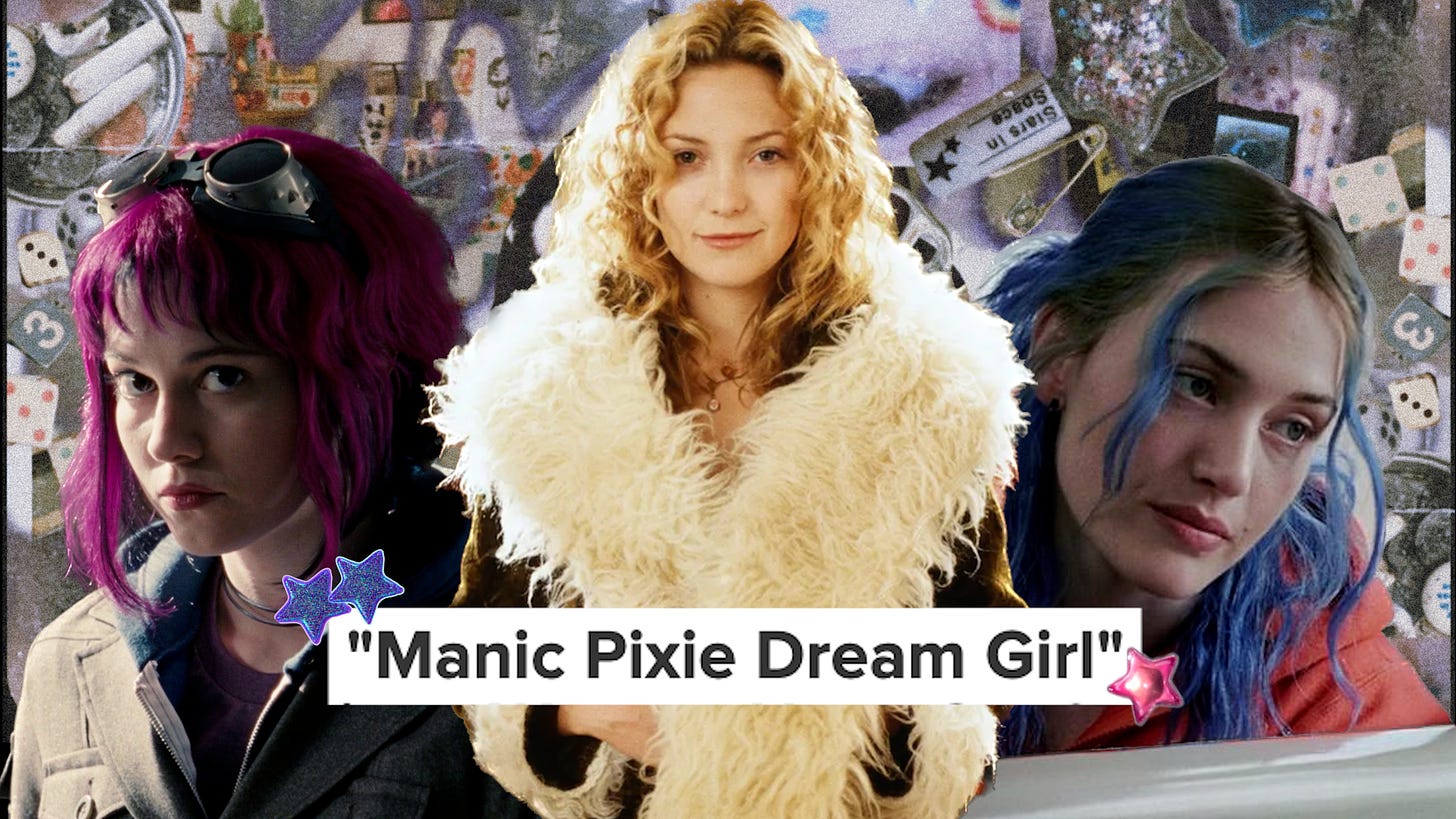
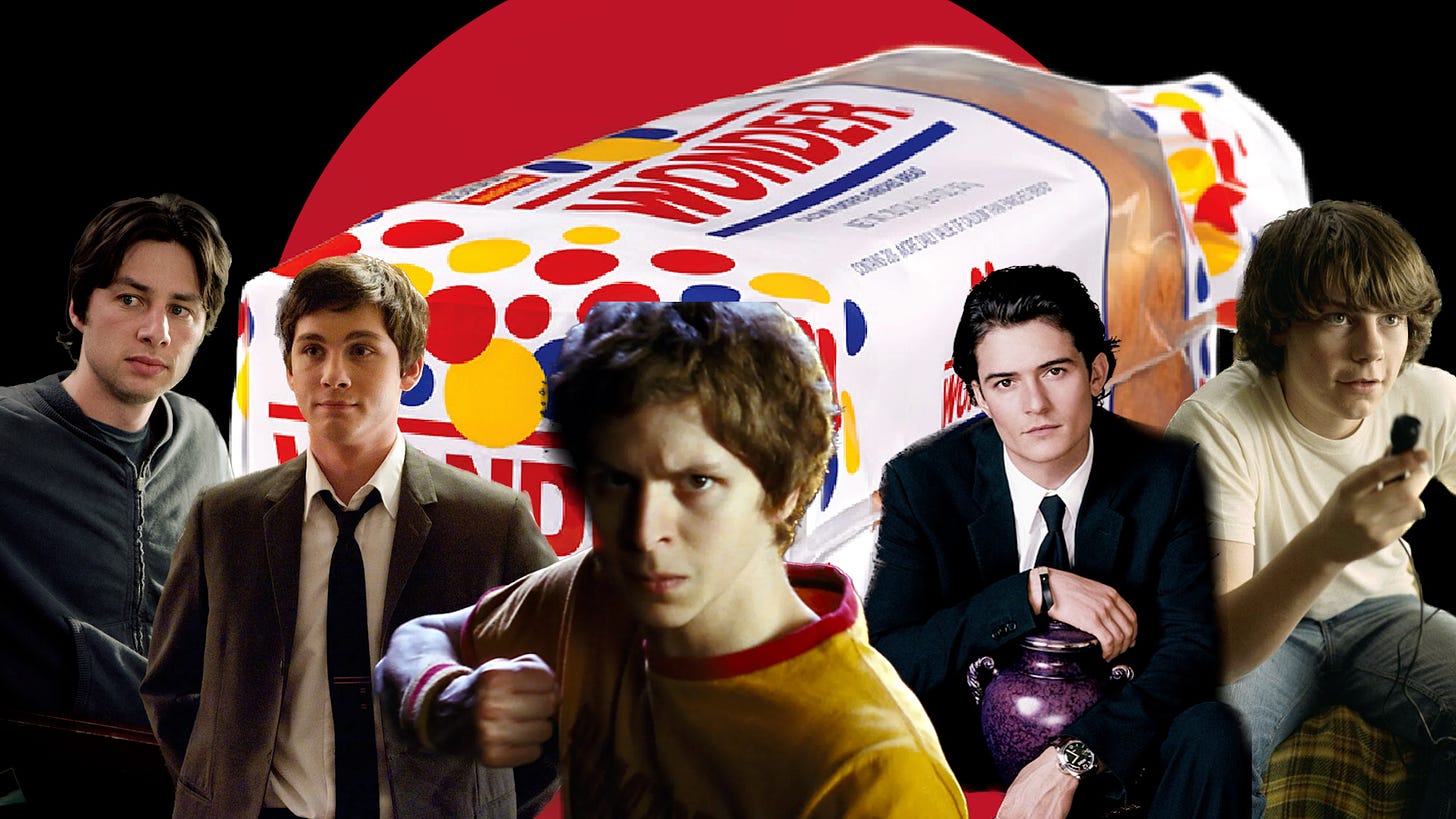
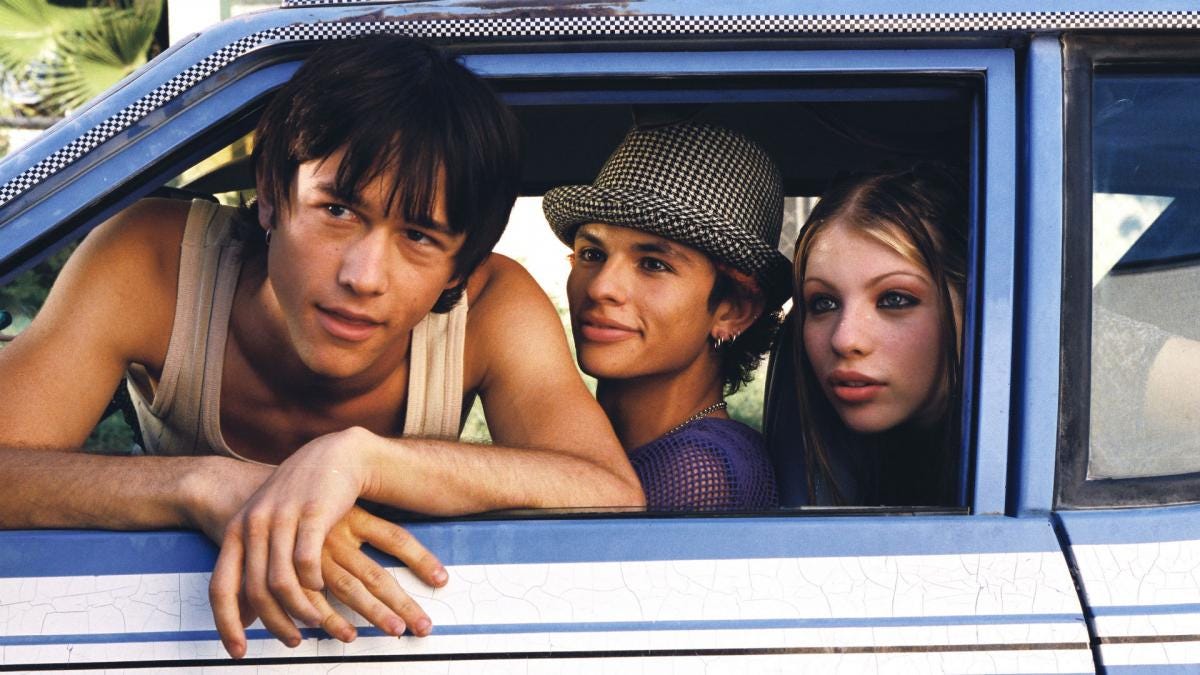
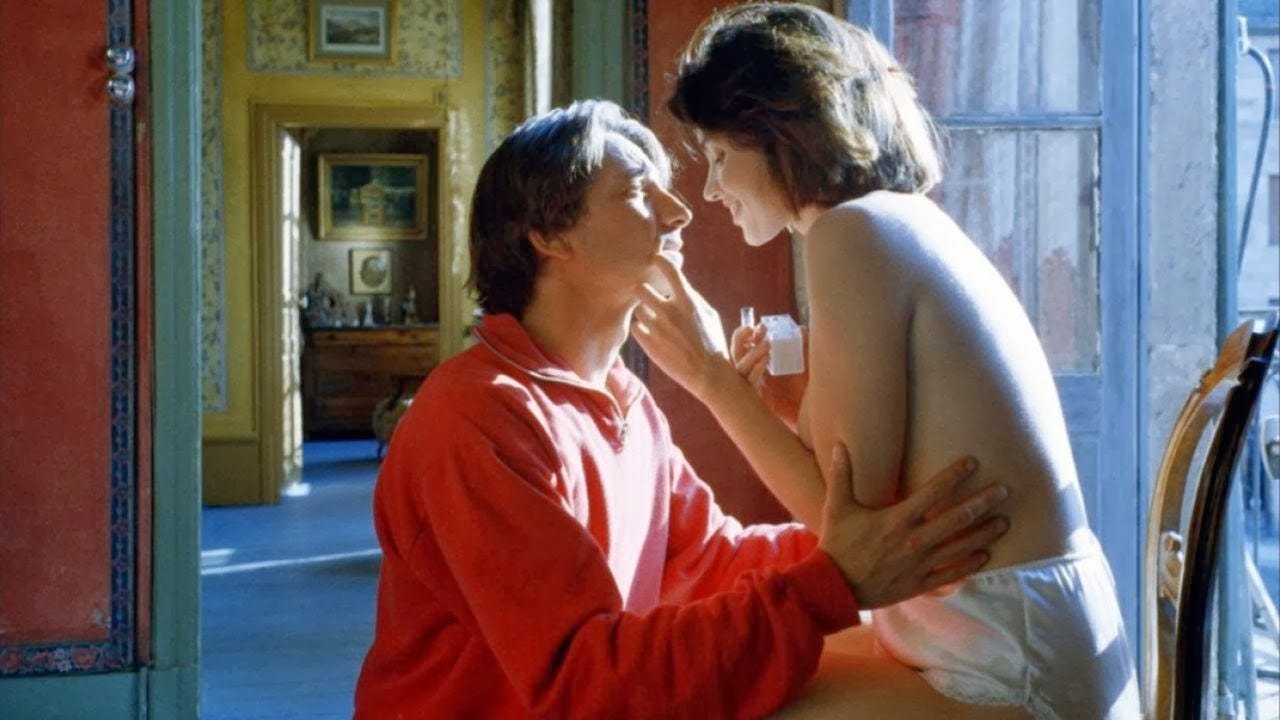
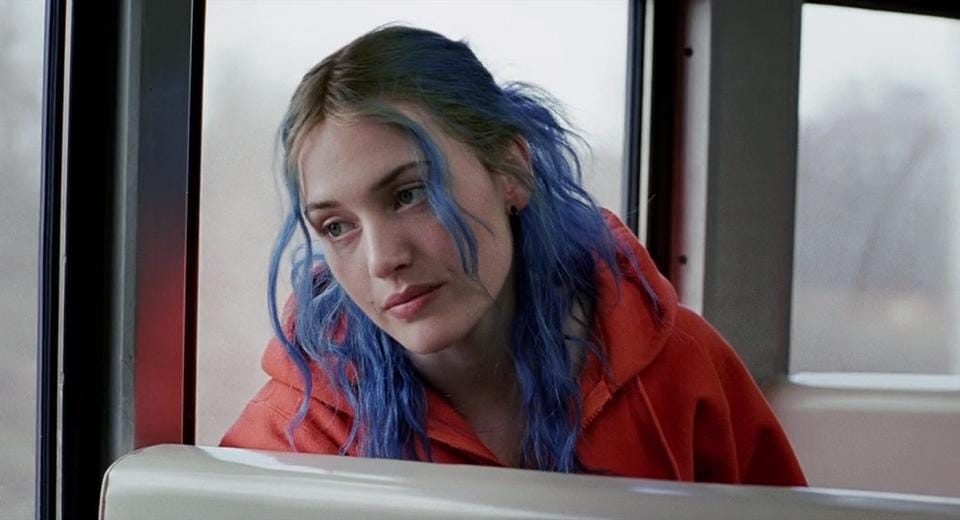
This piece has been on my mind for a MINUTE. I wanted to let you know that I just wrote a bit of a response to it on my substack here, if you're curious: https://read.filmflavor.com/p/cinema-archetypes-manic-pixie-dream-girl -- I hope it sends a few people over to this piece!
The Araki mention is great because in all my life I have never experienced such compelling characters in that specific format (colourful, interesting, eccentric)- that which I am drawn to. His films are some of the most relatable and incredible pieces of flim- although there are aliens and talking severed heads- somehow he manages to create pieces with such realistic emotion. Anyways! Haha the reference excited me.... Great critique on the manic pixie dreamgirl! You said it so well.